Home>Articles>13 Eco-Friendly Building Materials For A Green Home
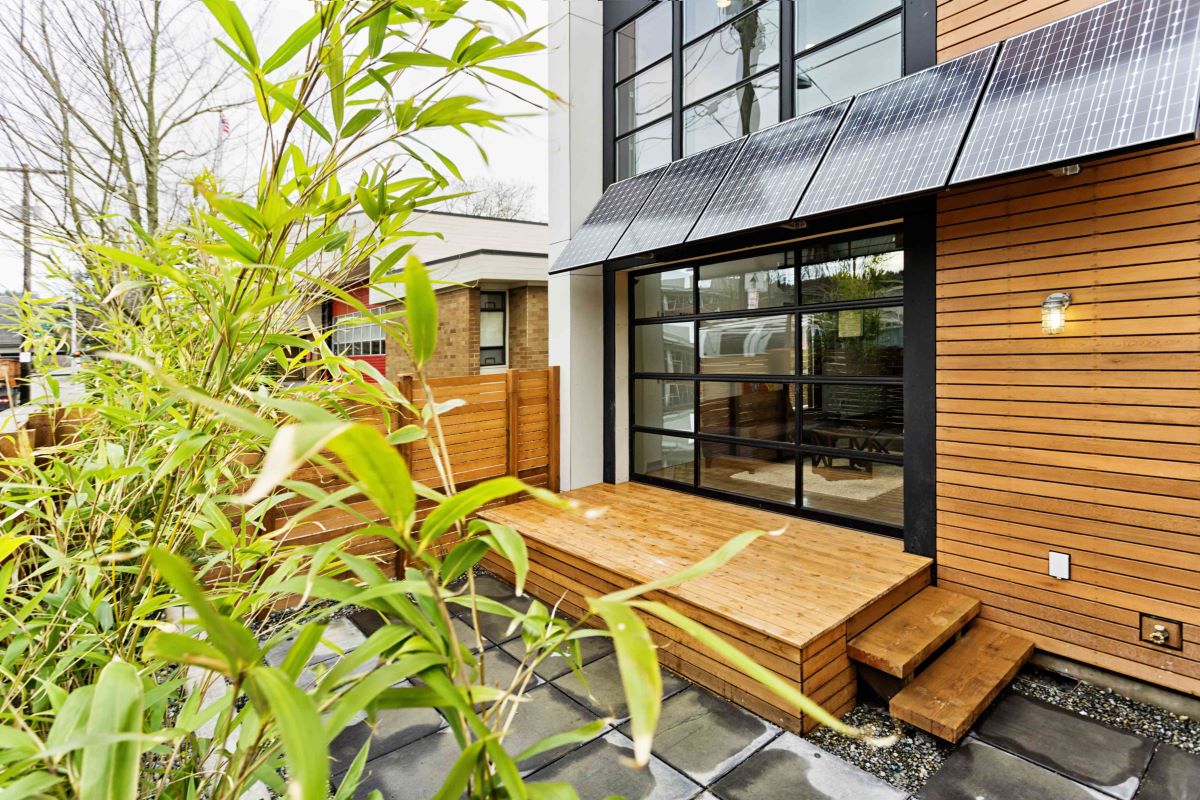

Articles
13 Eco-Friendly Building Materials For A Green Home
Modified: October 20, 2024
Discover 13 eco-friendly building materials for a green home in our insightful articles. Build sustainably, reduce your carbon footprint, and create a healthier living environment.
(Many of the links in this article redirect to a specific reviewed product. Your purchase of these products through affiliate links helps to generate commission for Storables.com, at no extra cost. Learn more)
Bamboo
Bamboo is a versatile and sustainable building material that has been used for centuries in various cultures around the world. It is known for its strength, durability, and renewability. Here are some reasons why bamboo is an excellent choice for eco-friendly construction:
- Renewable resource: Bamboo is one of the fastest-growing plants on the planet, making it highly sustainable. It can be harvested in as little as three to five years, compared to the several decades it takes for trees to mature.
- Strength and durability: Despite its lightweight nature, bamboo is incredibly strong. It has a higher tensile strength than steel and can withstand heavy loads and extreme weather conditions.
- Low environmental impact: Bamboo is grown without pesticides or fertilizers, reducing its environmental footprint. Additionally, its extensive root system helps prevent soil erosion and mitigates carbon dioxide levels in the atmosphere.
- Versatility: Bamboo can be used for a wide range of construction purposes, including flooring, structural beams, furniture, and even as a decorative element. It can be easily shaped and treated to fit different design requirements.
- Energy-efficient: Due to its natural thermal properties, bamboo provides excellent insulation. It can help regulate temperatures, reducing energy consumption for heating and cooling.
- Aesthetic appeal: Bamboo’s sleek and elegant appearance adds a touch of natural beauty to any architectural design. Its light color and distinct grain patterns create a warm and inviting atmosphere.
When using bamboo as a building material, it is essential to ensure that it has been sustainably sourced and properly treated against pests and moisture to enhance its longevity. By choosing bamboo for your construction projects, you are not only contributing to a greener future but also creating structures that are strong, durable, and aesthetically pleasing.
Key Takeaways:
- Embrace eco-friendly building materials like bamboo, recycled steel, and straw bales to create sustainable, energy-efficient, and visually appealing structures that contribute to a greener future.
- Incorporate innovative solutions such as solar panels, rainwater harvesting systems, and living roofs to reduce environmental impact, conserve resources, and promote sustainable living in your construction projects.
Recycled Steel
Recycled steel is an eco-friendly building material that offers numerous advantages in construction. Instead of extracting new materials from iron ore, recycled steel is made from scrap metal that has been reprocessed. Here are some reasons why recycled steel is a sustainable choice:
- Reduces carbon emissions: Using recycled steel significantly reduces the need for mining and production of new steel, which is a highly energy-intensive process. By opting for recycled steel, you help reduce carbon emissions and minimize the environmental impact.
- Conserves natural resources: By utilizing scrap metal instead of new materials, the demand for raw resources such as iron ore and coal is reduced. This conserves natural resources and helps preserve ecosystems where mining activities take place.
- Durable and long-lasting: Steel is known for its strength, durability, and resistance to fire, pests, and rot. Recycled steel shares these properties, making it a reliable building material. Structures made with recycled steel require less maintenance, resulting in long-term cost savings.
- Recyclable: Recycled steel is itself recyclable. At the end of its lifespan, it can be melted down and used to create new steel products. This closed-loop recycling process makes recycled steel a truly sustainable material.
- Design flexibility: Recycled steel can be molded and shaped into various forms, allowing for versatile and unique architectural designs. Its structural integrity and high strength-to-weight ratio make it ideal for applications such as building frames, beams, and roofing.
It is important to note that when using recycled steel, it is crucial to source it from reputable suppliers who adhere to strict quality standards. This ensures that the steel has been properly processed and free from contaminants.
By choosing recycled steel for your construction projects, you are not only contributing to the conservation of natural resources but also promoting a circular economy. This sustainable building material offers strength, durability, and design flexibility, making it an excellent choice for eco-conscious construction.
Straw Bales
Straw bales are a natural and sustainable building material that has gained popularity in eco-friendly construction. Made from the stalks of harvested grains like wheat, oats, or barley, straw bales offer several advantages for environmentally conscious builders. Here’s why straw bales are a great choice:
- Renewable and abundant: Straw is a byproduct of grain production, making it readily available and a renewable resource. By utilizing straw bales, builders reduce waste and make use of a material that is often burned or discarded.
- Energy-efficient: Straw bales provide excellent insulation, with high R-values ranging from R-30 to R-45. This means that buildings constructed with straw bales have superior thermal performance, reducing the need for heating and cooling and resulting in energy savings.
- Affordability: In many places, straw bales are an affordable alternative to traditional building materials. The cost of straw bales is generally lower than other construction materials, making it a cost-effective choice for sustainable building projects.
- Sound insulation: The density of straw bales absorbs sound effectively, reducing noise pollution within buildings. This creates a quieter and more peaceful living or working environment.
- Fire-resistant: Contrary to popular belief, straw bales are naturally fire-resistant. When tightly packed and properly plastered, straw bale walls can have a fire rating higher than conventional wood-framed structures.
- Carbon sequestration: By using straw bales, carbon that is naturally stored within the straw stalks is locked away inside the walls of the building. This helps reduce the carbon footprint of the construction and mitigates the impact of greenhouse gas emissions.
When using straw bales for construction, it is important to properly protect them from moisture and pests. This can be achieved through the application of a breathable plaster or finish, which also enhances the aesthetics of the building.
Straw bale construction brings together sustainability, energy efficiency, affordability, and natural beauty. By choosing straw bales as your building material, you can create environmentally friendly structures that are comfortable, efficient, and have a minimal ecological impact.
Reclaimed Wood
Reclaimed wood is a sustainable building material that offers both aesthetic appeal and environmental benefits. Instead of using new timber, reclaimed wood is salvaged from old buildings, barns, or other sources. Here are some reasons why reclaimed wood is an excellent choice for eco-friendly construction:
- Preserving natural resources: By utilizing reclaimed wood, you help reduce the demand for new timber, which contributes to deforestation. This practice helps preserve forests and protect biodiversity.
- Recycling and repurposing: Reclaimed wood gives a second life to materials that would otherwise be discarded or end up in landfills. It exemplifies the principles of recycling and repurposing, reducing waste and promoting sustainability.
- Unique character and beauty: Reclaimed wood often carries the unique patina, rich grain patterns, and weathered appearance that can’t be replicated with new materials. It adds charm, warmth, and character to any construction project.
- Durability and strength: Reclaimed wood is typically sourced from old-growth trees, which tend to be stronger and more durable than younger timber. This makes it a reliable choice for structural elements and other applications.
- Carbon footprint reduction: As reclaimed wood has undergone its initial harvesting and processing, its carbon footprint is significantly lower compared to new timber. Using reclaimed wood helps avoid the greenhouse gas emissions associated with cutting, transporting, and processing new trees.
- Healthy indoor environment: Reclaimed wood is often free from the chemicals and treatments found in new timber, promoting a healthier indoor environment. It reduces the emission of volatile organic compounds (VOCs), contributing to better air quality.
When using reclaimed wood, it is important to ensure that it is sourced from reliable suppliers who adhere to sustainable practices. Reclaimed wood should also be properly treated and maintained to ensure its longevity and structural integrity.
By incorporating reclaimed wood into your construction projects, you not only contribute to the preservation of natural resources but also create unique, visually appealing spaces with a rich historical connection. Reclaimed wood brings together sustainability, beauty, and a timeless quality that makes it an excellent choice for eco-conscious builders.
Rammed Earth
Rammed earth is a traditional building technique that is making a comeback in sustainable construction. It involves packing a mixture of earth, clay, sand, and gravel into formwork, compressing it tightly, and allowing it to harden. Here are some reasons why rammed earth is a remarkable choice for eco-friendly building:
- Sustainable and abundant: Rammed earth utilizes local soil, which is usually abundant and readily available. By using the earth present on-site, it reduces the need for transportation and minimizes the environmental impact associated with sourcing other traditional building materials.
- Energy-efficient: Rammed earth walls have high thermal mass, which means they can absorb and store heat from the sun during the day and release it slowly at night. This natural insulation helps regulate indoor temperatures, reducing the need for heating and cooling and resulting in energy savings.
- Fire-resistant: Rammed earth is highly fire-resistant, making it an excellent choice for areas prone to wildfires. The compacted nature of the material creates a barrier that can withstand extreme temperatures and help prevent the spread of flames.
- Durability and low maintenance: Rammed earth structures are exceptionally durable, with a lifespan that can exceed several decades if properly maintained. The inherent strength of the material and its resistance to pests and rot make it a low maintenance option.
- Natural beauty: The earthy tones and textures of rammed earth walls create a warm and inviting aesthetic that blends harmoniously with the natural environment. It offers a connection to the surroundings and provides a sense of grounding and tranquility.
- Cost-effective: In many cases, rammed earth construction can be more affordable compared to traditional building methods. The use of locally obtained soil and the reduced need for additional materials can lead to cost savings, making it an attractive option for sustainable construction on a budget.
It is important to note that proper design and construction techniques are essential for successful rammed earth projects. Factors like soil composition, mix design, formwork, and site conditions need to be carefully considered to ensure structural stability and longevity.
By choosing rammed earth as a building material, you can create unique, energy-efficient, and environmentally friendly structures that celebrate the beauty and simplicity of nature.
Read more: The Enigma Of Eco-Friendly Insulation
Cork
Cork is a versatile and sustainable material that has gained popularity in eco-friendly building practices. It is harvested from the bark of the cork oak tree, making it a renewable resource with numerous environmental benefits. Here are some reasons why cork is an excellent choice for sustainable construction:
- Sustainable harvesting: Cork is obtained by carefully stripping the bark from cork oak trees, allowing them to continue growing and regenerate new bark. This process ensures the long-term health and vitality of the trees, making cork a renewable and eco-friendly material.
- Insulation properties: Cork has excellent thermal and acoustic insulation properties. It is a natural insulator that helps regulate indoor temperatures, reducing the need for heating and cooling. Its sound absorption capabilities make it ideal for minimizing noise transmission within buildings.
- Lightweight and easy to work with: Cork is a lightweight material, making it easy to handle and install. It can be cut, shaped, and molded into various forms, offering design flexibility and ease of construction.
- Durability and resilience: Cork is highly resistant to wear and tear, making it a durable choice for flooring, wall coverings, and insulation. It is naturally resistant to moisture, mold, and pests, increasing its lifespan and reducing the need for replacements or repairs.
- Health and safety: Cork is hypoallergenic, antimicrobial, and does not release harmful toxins or chemicals into the air. It is a safe and healthy choice for indoor environments, particularly for those with allergies or respiratory sensitivities.
- Carbon sequestration: Cork oak trees absorb and store significant amounts of carbon dioxide during their growth. By using cork as a building material, the carbon dioxide remains locked away, helping to mitigate climate change and reduce greenhouse gas emissions.
Cork is commonly used in flooring, wall coverings, insulation, and even as a decorative element in furniture and other architectural features. It offers a natural warmth and beauty, with its unique texture and visual appeal.
When choosing cork products, it is important to select those that come from sustainable and responsibly managed sources. Look for certifications or labels that guarantee the cork’s origin and compliance with environmental standards.
By incorporating cork into your construction projects, you can create environmentally friendly spaces that prioritize sustainability, comfort, and design versatility.
Hempcrete
Hempcrete is an innovative and sustainable building material that is gaining recognition for its eco-friendly properties. It is a mixture made from hemp fibers, lime, and water, creating a lightweight and durable material suitable for construction. Here are some reasons why hempcrete is an excellent choice for sustainable building:
- Renewable and fast-growing: Hemp is a fast-growing plant that requires minimal water and no herbicides or pesticides. It can be harvested within a few months, making it a highly renewable resource that replenishes quickly.
- Carbon-negative: Hempcrete acts as a carbon sink, meaning it absorbs and stores carbon dioxide during its lifecycle. This helps reduce greenhouse gas emissions and mitigates the impact of climate change.
- Energy-efficient: Hempcrete provides excellent thermal insulation properties, creating a well-insulated building envelope. It regulates temperature and reduces the need for heating and cooling, resulting in energy savings and increased comfort.
- Breathability and moisture control: Hempcrete is a breathable material that allows moisture to pass through, preventing condensation and mold growth. It helps maintain a healthy indoor environment by regulating humidity levels naturally.
- Fire-resistant: Hempcrete is naturally fire-resistant due to its high lime content. It does not emit toxic fumes when exposed to fire, enhancing the safety and integrity of the building.
- Sound insulation: Hempcrete’s dense composition contributes to excellent sound insulation, reducing noise transmission between rooms and from the outside environment. This creates a quieter and more peaceful living or working space.
Hempcrete is typically used as an insulating material within walls, but it can also be utilized for floors, roofs, and other building components. It offers a unique aesthetic appeal, with a natural and textured finish that adds charm to any architectural design.
When using hempcrete, it is important to ensure proper installation techniques and appropriate lime-to-hemp ratio for structural stability and durability. It can also be combined with other sustainable materials to create composite forms or insulation systems.
By incorporating hempcrete into your construction projects, you contribute to the development of sustainable and energy-efficient buildings that prioritize environmental responsibility and occupant well-being.
When choosing eco-friendly building materials for a green home, look for products that are made from renewable or recycled materials, have low VOC emissions, and are energy-efficient.
Insulated Concrete Forms (ICFs)
Insulated Concrete Forms (ICFs) are an innovative and sustainable building system that combines the strength and durability of concrete with the energy-efficiency of insulation. ICFs consist of hollow foam blocks or panels that are stacked, reinforced with steel bars, and filled with concrete. Here are some reasons why ICFs are an excellent choice for eco-friendly construction:
- Energy-efficient: ICFs provide excellent thermal insulation, resulting in energy savings by reducing heating and cooling needs. The insulating foam layer creates a continuous barrier, minimizing thermal bridging and maintaining a consistent indoor temperature.
- Reduced Carbon Footprint: The use of ICFs helps reduce the environmental impact of construction. The combination of concrete, which has a long lifespan, and the insulating properties of the foam reduces the energy consumption and greenhouse gas emissions throughout the building’s lifetime.
- Sound insulation: The dense nature of ICFs provides excellent soundproofing, reducing noise transmission between rooms and from the outside environment. This creates a quieter and more comfortable indoor environment.
- Strength and durability: ICF structures are known for their exceptional strength, durability, and resistance to natural disasters. The reinforced concrete core and the insulating layers provide structural integrity, protecting against fire, earthquakes, and extreme weather conditions.
- Improved indoor air quality: The use of ICFs helps create a healthier indoor environment as it minimizes air infiltration and the potential for moisture-related issues. It also reduces the ingress of allergens, dust, and pollutants, promoting better indoor air quality.
- Design flexibility: ICF systems offer design flexibility, allowing for various architectural styles and customization. The blocks or panels can be easily cut, shaped, and adapted to fit specific design requirements, making it suitable for both residential and commercial construction.
ICFs are used for various applications, including walls, foundations, and even for entire buildings. They offer a faster and more efficient construction process compared to traditional methods, reducing labor time and costs.
It is important to work with experienced professionals familiar with ICF construction techniques to ensure proper installation and maximize the benefits of this sustainable building system.
By choosing ICFs for your construction projects, you are investing in a durable, energy-efficient, and environmentally responsible building solution that prioritizes comfort and sustainability.
Earthbags
Earthbags, also known as sandbags or soil bags, are a sustainable building technique that offers strength, durability, and affordability. This method involves filling sturdy bags with a mix of soil and a small amount of cement or stabilizer, creating a flexible and robust construction material. Here are some reasons why earthbags are an excellent choice for eco-friendly building:
- Sustainable and accessible materials: Earthbags utilize locally available soil, making them a cost-effective and environmentally friendly option. Instead of relying on traditional building materials, earthbags use earth that is abundant and easily accessible.
- Energy-efficient: Earthbags provide excellent thermal mass, meaning they can absorb and store heat energy. This results in more stable indoor temperatures, reducing the need for artificial heating and cooling and decreasing energy consumption.
- Resilience to natural disasters: Earthbag structures have proven to be highly resilient to seismic activity and other natural disasters. The flexible nature of the bags and the use of stabilizers create buildings that can withstand strong forces and provide safety for occupants.
- Adaptability and ease of construction: Earthbags can be used for a variety of building projects, including walls, foundations, and even entire homes. This versatile construction method can be easily learned by individuals with basic construction skills, enabling owner-builder projects and community involvement.
- Low carbon footprint: Earthbags have a minimal carbon footprint compared to conventional construction methods. The use of locally sourced soil and the reduced need for transportation contribute to the overall environmental sustainability of the building process.
- Design versatility: Earthbags allow for creative design possibilities. Curved and organic-shaped structures can be easily achieved, providing opportunities for unique architectural expressions.
When using earthbags, it is important to follow proper construction techniques, such as proper layering, tamping, and appropriate placement of barbed wire or other reinforcing elements. This ensures structural stability and longevity of the building.
By choosing earthbags as a building method, you can create environmentally friendly structures that are cost-effective, energy-efficient, and resilient. These sustainable buildings promote community involvement and contribute to a greener future.
Read more: Green Living: Eco-Friendly Home Makeovers
Recycled Plastic
Recycled plastic is a versatile and sustainable building material that offers unique opportunities for reducing waste and promoting environmental conservation. By repurposing plastic waste into construction products, we can minimize the use of new resources and help mitigate the impact of plastic pollution. Here are some reasons why recycled plastic is an excellent choice for eco-friendly building:
- Waste reduction: Recycling plastic diverts it from landfills and reduces the need for new plastic production, which requires significant amounts of energy and resources. By using recycled plastic in construction, we can help mitigate the environmental impact caused by plastic waste accumulation.
- Strength and durability: Recycled plastic building materials can be engineered to possess high strength and durability, capable of withstanding harsh weather conditions and heavy loads. These materials can be used for various applications, including structural components, decking, and fencing.
- Moisture and pest resistance: Recycled plastic is inherently resistant to moisture, rot, and pests, making it an ideal choice for outdoor applications such as decking and landscaping. Unlike traditional wood products, recycled plastic materials do not require chemical treatments for protection.
- Long lifespan: Recycled plastic products have a longer lifespan compared to traditional materials, as they are less susceptible to weather-related deterioration and degradation. This reduces the need for frequent replacements and saves resources in the long run.
- Customization and versatility: Recycled plastic can be molded and shaped into various forms, offering design versatility and customization options. This flexibility allows for creative and unique architectural expressions.
- Eco-friendly composite materials: Recycled plastic can be combined with other eco-friendly materials, such as sawdust or rice husks, to create composite materials. These composites offer enhanced strength, improved insulation properties, and reduced reliance on non-renewable resources.
It is crucial to source recycled plastic building materials from reputable suppliers who can provide documentation of the material’s composition and quality. Additionally, proper installation techniques should be followed to ensure structural integrity and maximize the longevity of the products.
By incorporating recycled plastic into your construction projects, you are not only reducing waste but also contributing to a greener and more sustainable future. Embracing recycled plastic materials helps to combat plastic pollution, conserve natural resources, and create durable and environmentally responsible structures.
Solar Panels
Solar panels are a sustainable and renewable energy solution that harnesses the power of the sun to generate electricity. They have become increasingly popular in eco-friendly construction as they offer numerous environmental and financial benefits. Here are some reasons why solar panels are an excellent choice for a greener home:
- Renewable energy source: Solar panels convert sunlight into electricity, utilizing a renewable energy source that is abundant and freely available. By harnessing solar energy, we reduce our reliance on fossil fuels and contribute to a cleaner and more sustainable energy future.
- Reduced carbon footprint: Solar power is a clean energy source that produces zero greenhouse gas emissions during operation. By installing solar panels, we can significantly reduce our carbon footprint and mitigate the impact of climate change.
- Energy cost savings: Solar panels allow homeowners to generate their own electricity, reducing reliance on the grid and lowering energy bills. Over time, the savings from reduced electricity costs can offset the initial investment in solar panel installation.
- Long-lasting and low maintenance: High-quality solar panels are built to withstand the elements and have a lifespan of 25 years or more. With minimal maintenance, they can continue to generate clean electricity for decades, providing a reliable and sustainable energy solution.
- Incentives and tax benefits: Many governments and utilities offer incentives, tax credits, and grants to encourage the adoption of solar energy. These benefits can offset the upfront costs of installing solar panels and make them even more financially appealing.
- Energy independence: Solar panels enable homeowners to generate their own electricity, reducing dependence on the grid and potential power outages. This gives individuals greater control over their energy supply and ensures a more reliable source of electricity.
- Enhanced property value: Homes with solar panel installations have been shown to have higher property values and sell faster in the real estate market. Solar panels are seen as a desirable and forward-thinking feature that appeals to eco-conscious buyers.
When installing solar panels, it is important to work with reputable solar companies to ensure proper design, installation, and maintenance. Factors such as panel orientation, shading, and system sizing should be considered to maximize energy production.
By embracing solar panels, homeowners can take a proactive step towards a more sustainable future. Solar energy offers clean, renewable power and financial benefits, making it an excellent choice for those seeking environmentally friendly solutions and long-term energy savings.
Rainwater Harvesting Systems
Rainwater harvesting systems are an innovative and sustainable solution for collecting and utilizing rainwater. These systems capture rainfall from rooftops or other surfaces, storing it for later use in various applications. Here are some reasons why rainwater harvesting systems are an excellent choice for a greener home:
- Water conservation: Rainwater harvesting allows homeowners to reduce their reliance on traditional water sources such as municipal water supplies or wells. By capturing rainwater, we can use this free and abundant resource for various non-potable purposes, such as irrigation, toilet flushing, and laundry.
- Reduced water bills: Utilizing rainwater for non-potable uses can lead to significant savings on water bills. By supplementing or replacing the need for treated water with rainwater, homeowners can reduce their water consumption and associated costs.
- Environmentally friendly: Rainwater harvesting helps reduce strain on existing water sources, such as rivers and groundwater reserves. By relying on rainwater, we can reduce the extraction of water from these sources, preserving them for essential needs and maintaining ecological balance.
- Potential for potable water use: With the addition of proper filtration and treatment systems, rainwater harvested from rooftops can be made potable. Though not recommended in all regions, treated rainwater can provide a sustainable source of drinking water in certain areas.
- Improved stormwater management: Rainwater harvesting systems can help manage stormwater runoff by capturing rainfall that would otherwise flow into storm drains and potentially become a source of pollution. This reduces the burden on local sewer systems and helps mitigate the risk of flooding.
- Self-sufficiency: Rainwater harvesting systems provide homeowners with greater control over their water supply. During periods of drought or water restrictions, having stored rainwater can help ensure a continuous water source for non-potable needs.
- Educational and awareness-building: Implementing rainwater harvesting systems promotes awareness about conserving water resources and encourages sustainable practices. It serves as an educational opportunity for individuals, families, and communities to understand the importance of water conservation.
When designing a rainwater harvesting system, factors such as roof size, rainfall patterns, and storage capacity need to be considered. The system should include appropriate filtration and treatment mechanisms to ensure water quality for its intended use.
By adopting rainwater harvesting systems, homeowners can contribute to water conservation efforts, reduce water bills, and build a more sustainable future. These systems offer a practical solution for making optimal use of rainwater while minimizing the strain on traditional water sources.
Living Roofs
Living roofs, also known as green roofs or vegetated roofs, are a sustainable and visually appealing way to transform the top of a building into a thriving ecosystem. These roofs are covered with vegetation, creating a green space that offers numerous environmental benefits. Here are some reasons why living roofs are an excellent choice for eco-friendly construction:
- Stormwater management: Living roofs absorb and retain rainwater, reducing stormwater runoff and minimizing the burden on drainage systems. The vegetation and substrate act as natural filters, helping to purify the collected rainwater and reduce water pollution.
- Improved air quality: Living roofs absorb carbon dioxide and release oxygen, contributing to cleaner and fresher air. The plants also act as filters, removing airborne pollutants and particulate matter, resulting in improved air quality for the surrounding area.
- Thermal insulation: The vegetation layer of a living roof provides additional insulation, reducing heat gain in the summer and heat loss in the winter. This natural insulation helps regulate indoor temperatures, reducing the need for heating and cooling and resulting in energy savings.
- Biodiversity and habitat creation: Living roofs serve as a habitat for various plant species, insects, birds, and other wildlife. They create pockets of biodiversity in urban environments, promoting ecological balance and supporting local ecosystems.
- Noise reduction: The combination of vegetation, substrate, and air gap in living roofs acts as a sound barrier, reducing noise transmission from outside sources. This can contribute to a quieter and more peaceful indoor environment.
- Decreased urban heat island effect: Urban areas often experience the heat island effect, where ambient temperatures are higher due to the concentration of buildings and pavement. Living roofs help mitigate this effect by reducing heat absorption and reemission, thus lowering ambient temperatures.
- Aesthetically pleasing: Living roofs offer a visually appealing and vibrant addition to the built environment. They provide a layer of greenery that can enhance the beauty of the building and the surrounding landscape.
When creating a living roof, it is essential to consider factors such as structural integrity, plant selection, irrigation, and drainage. Professional consultation and expertise are often necessary to ensure successful implementation and long-term viability.
By incorporating living roofs into building designs, we can promote environmental sustainability, enhance biodiversity, improve air and water quality, and create beautiful green spaces within urban areas. Living roofs not only provide ecological benefits but also contribute to a healthier and more aesthetically pleasing built environment.
Frequently Asked Questions about 13 Eco-Friendly Building Materials For A Green Home
Was this page helpful?
At Storables.com, we guarantee accurate and reliable information. Our content, validated by Expert Board Contributors, is crafted following stringent Editorial Policies. We're committed to providing you with well-researched, expert-backed insights for all your informational needs.
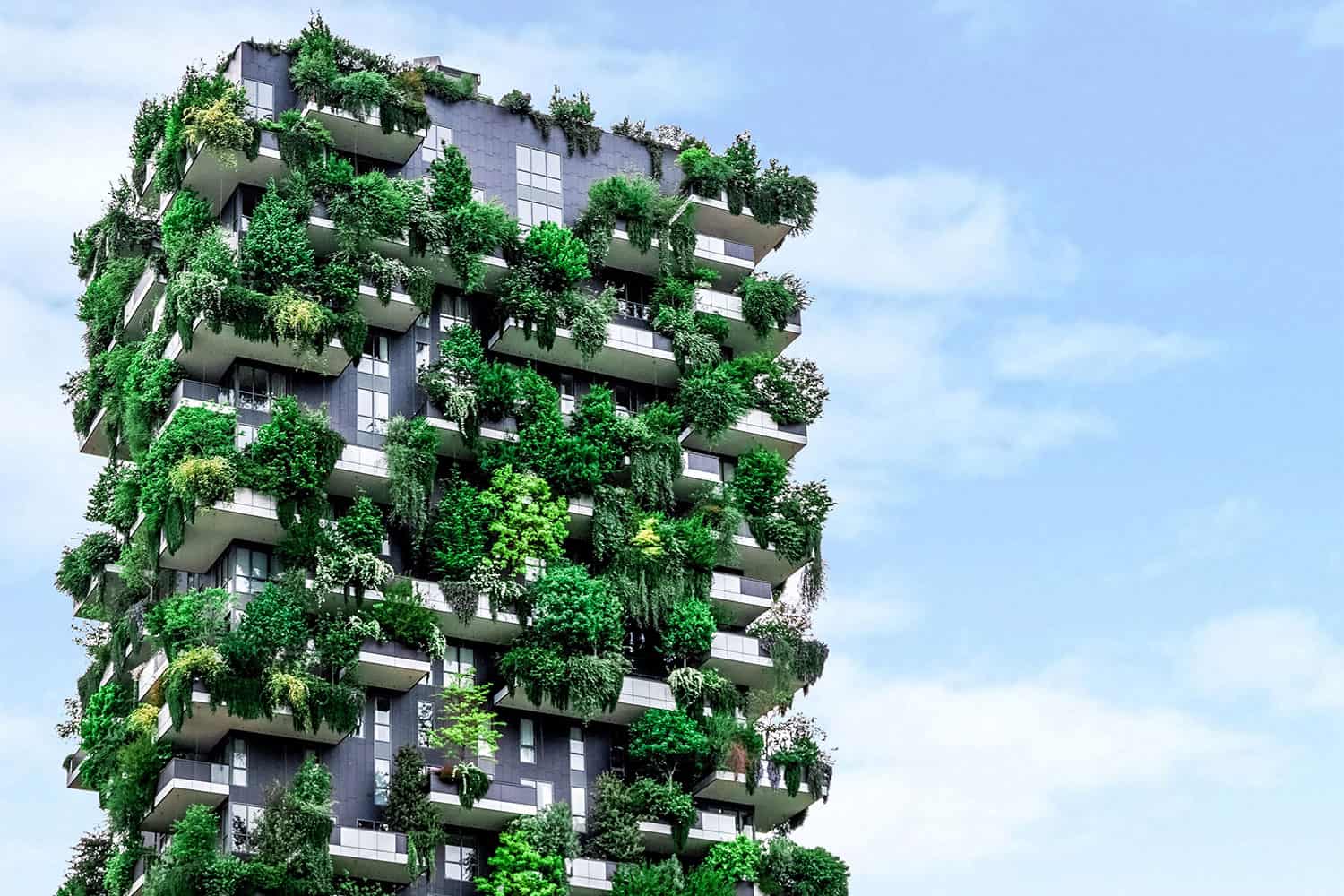

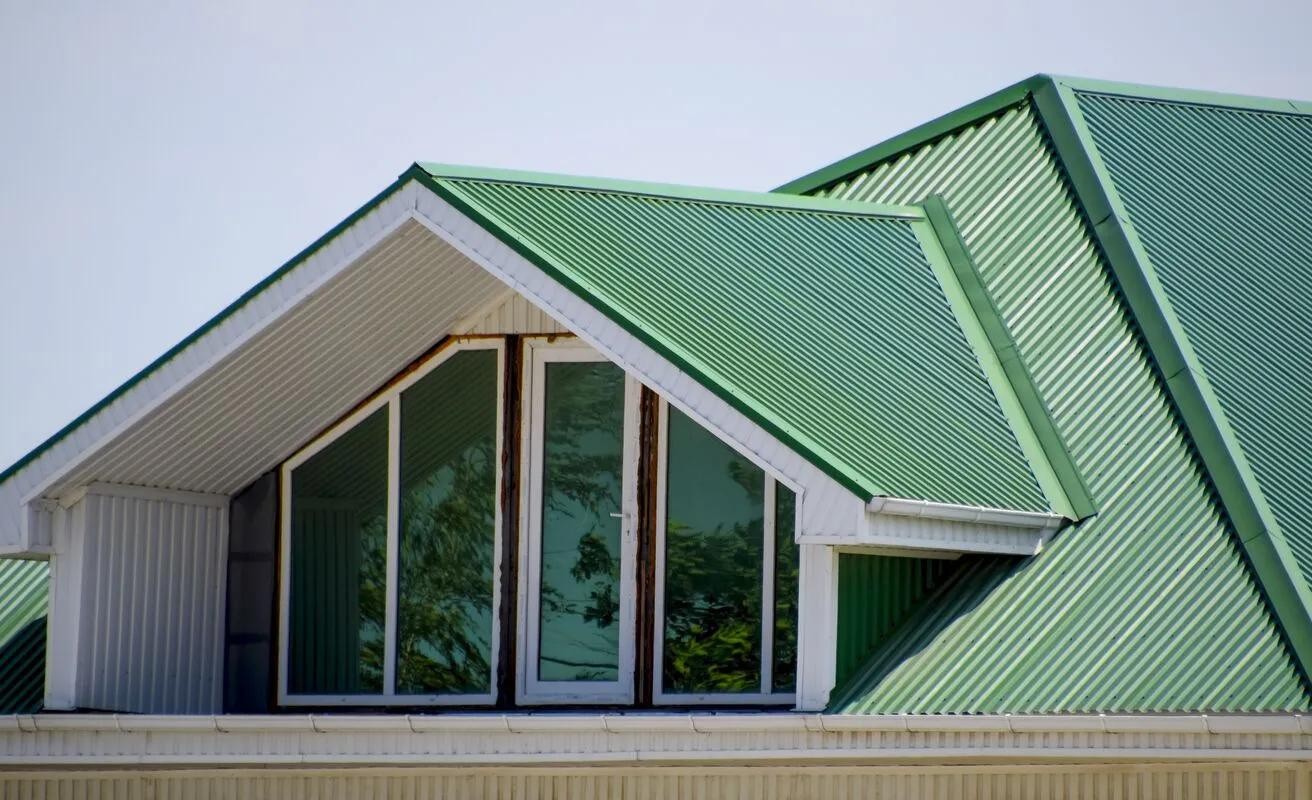

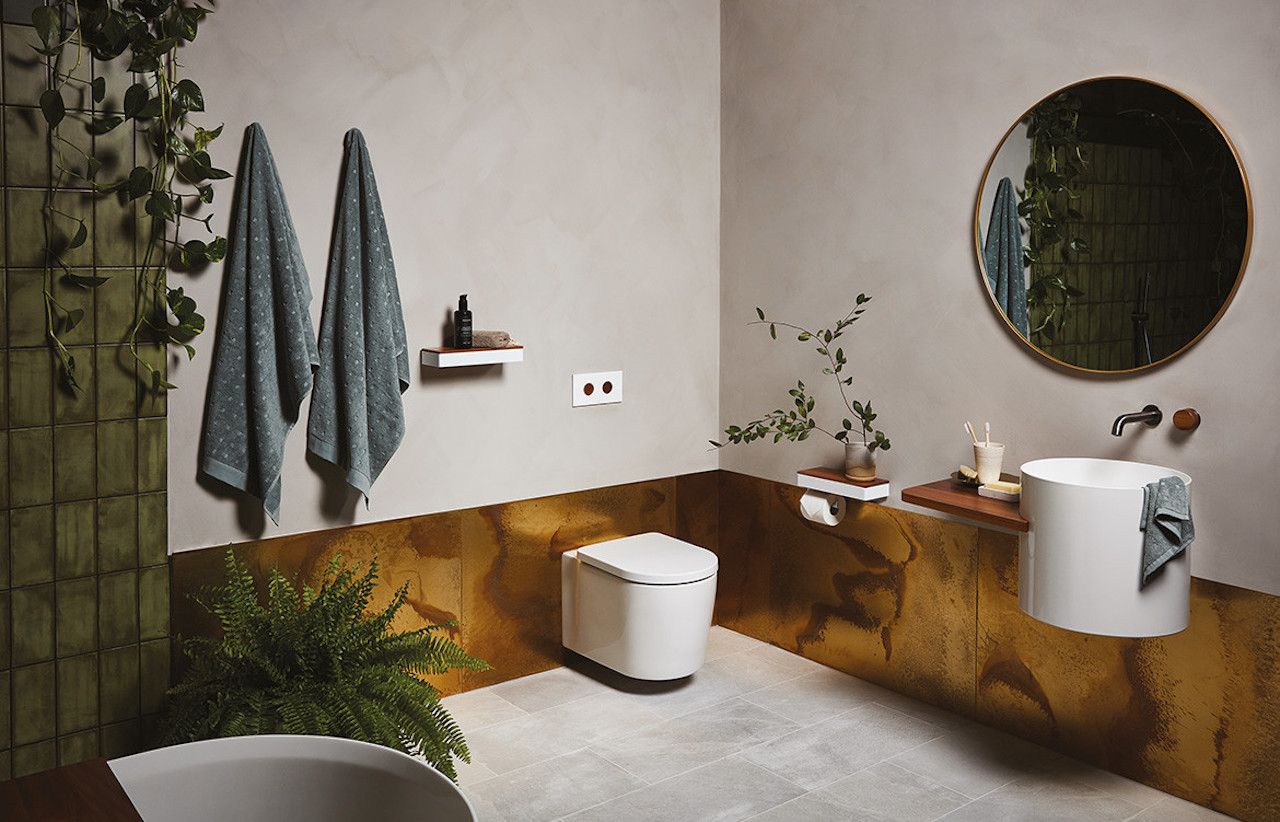

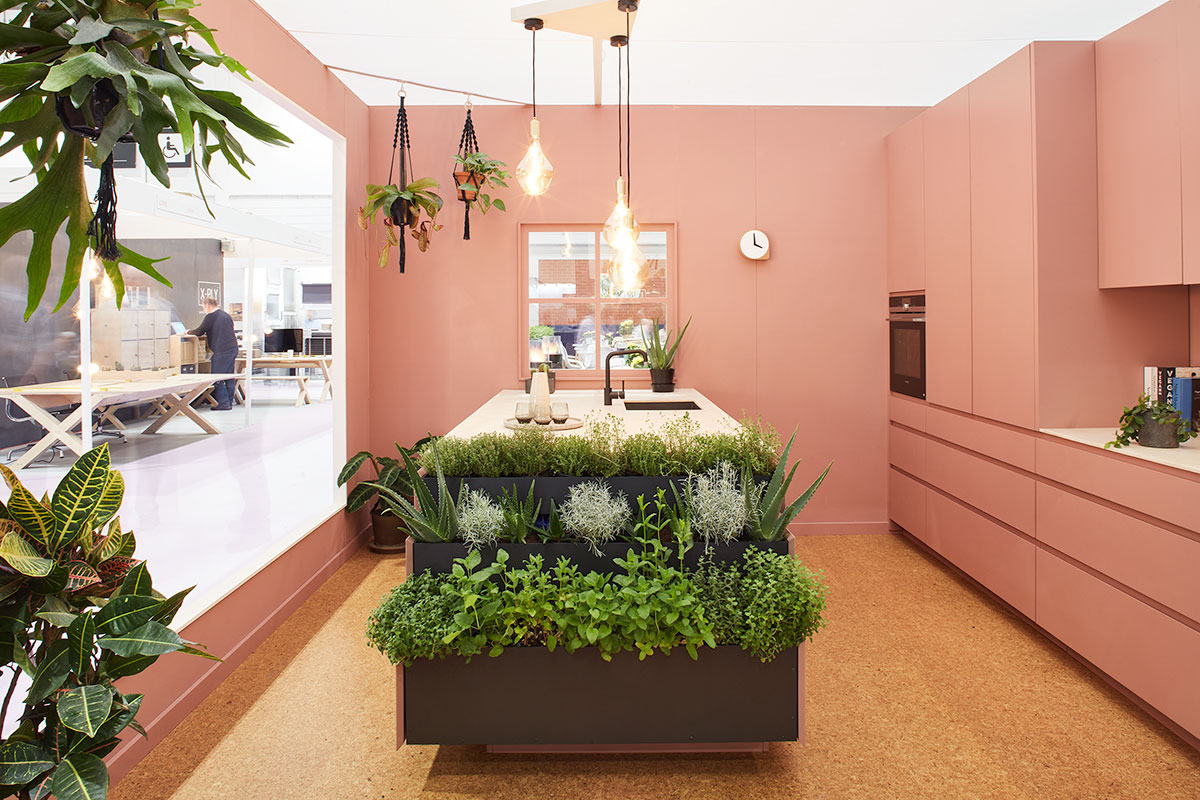
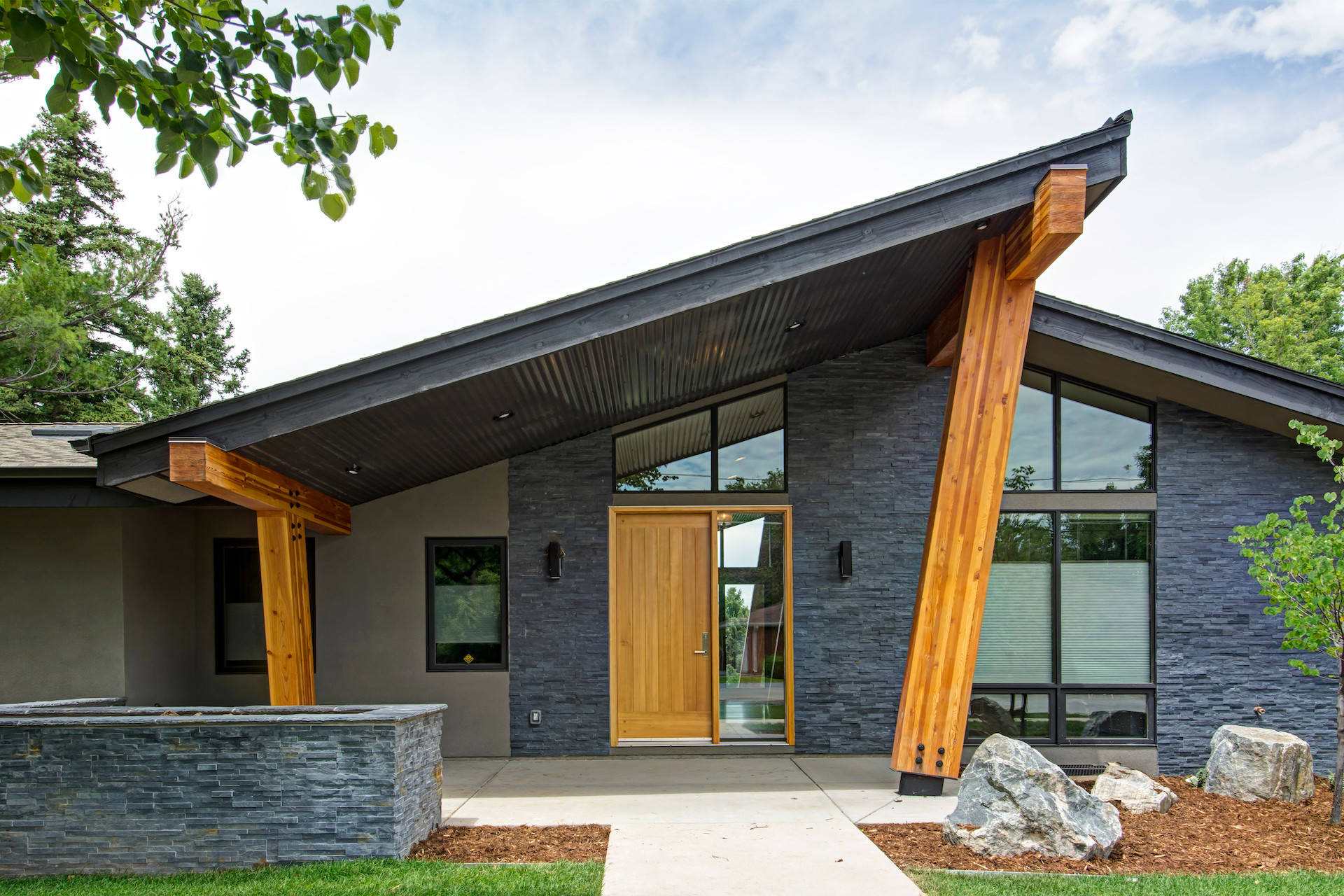
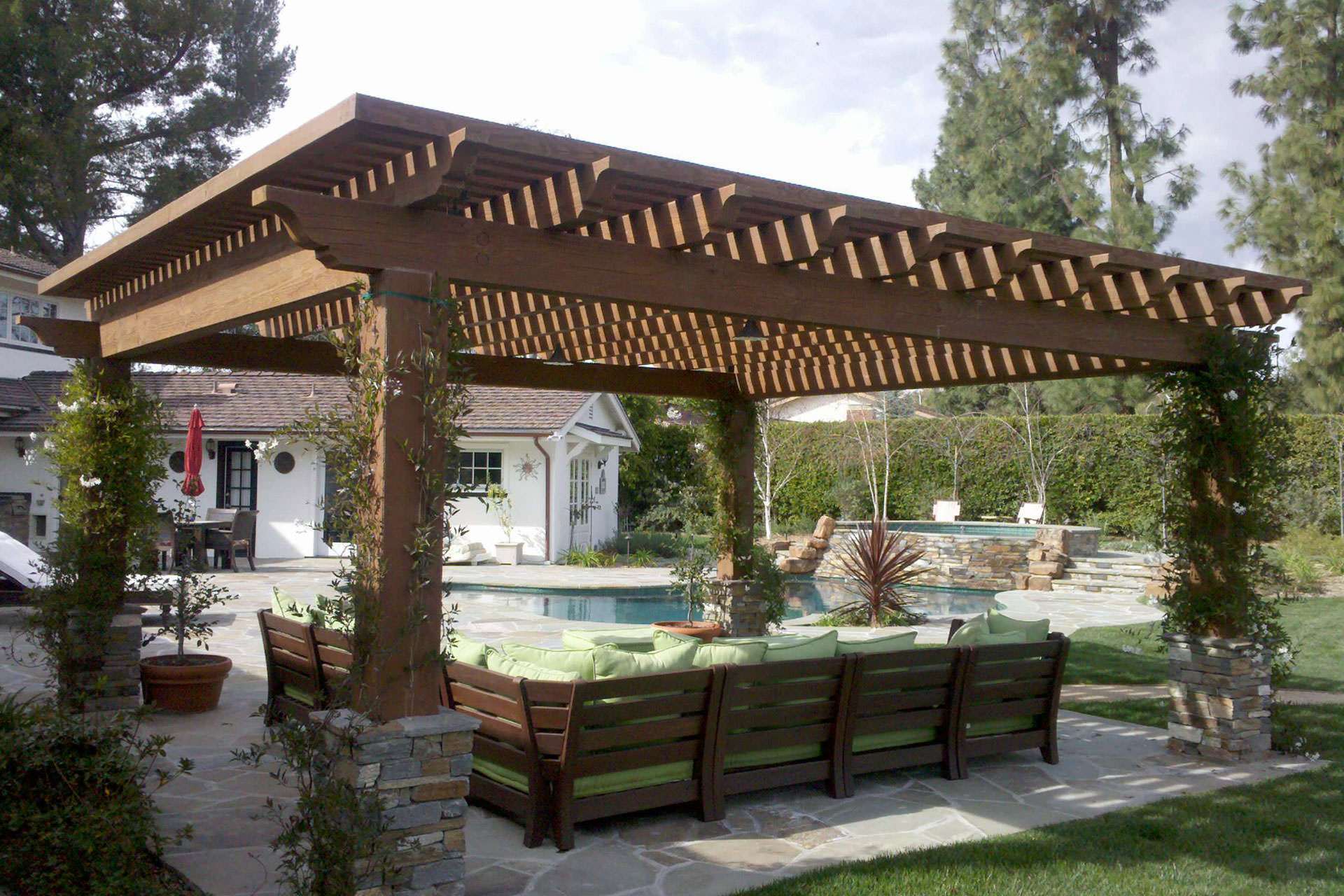
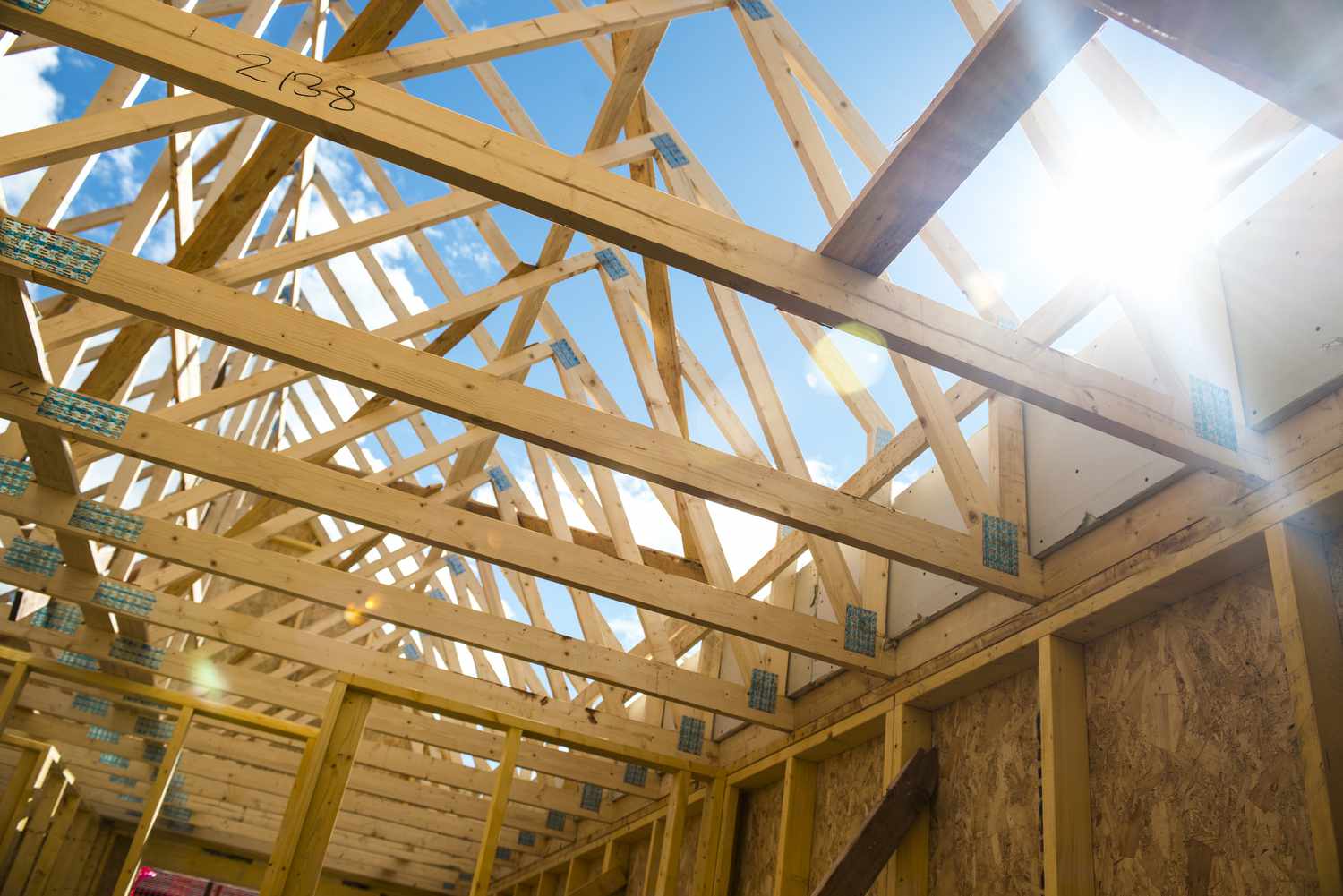


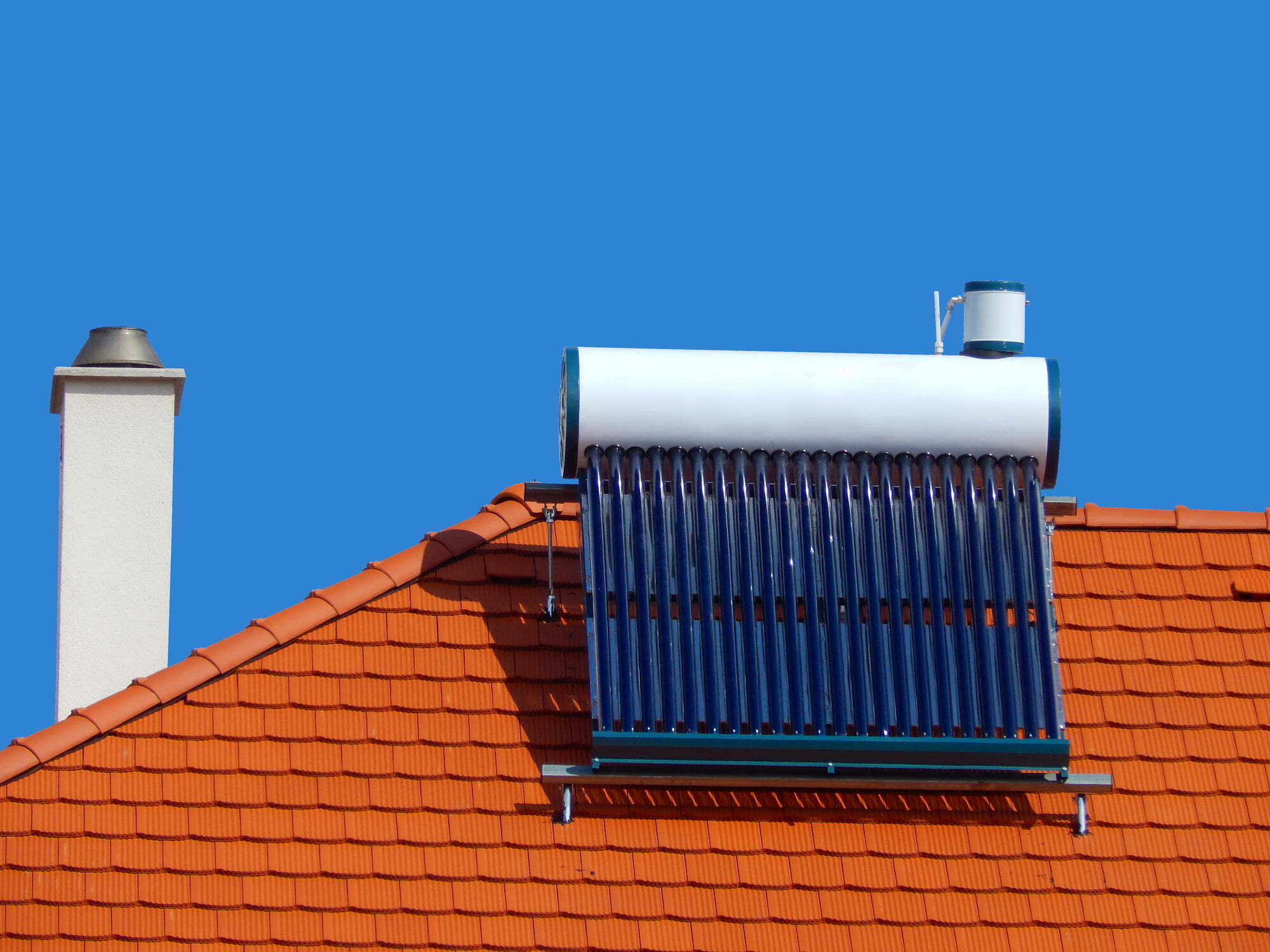

0 thoughts on “13 Eco-Friendly Building Materials For A Green Home”